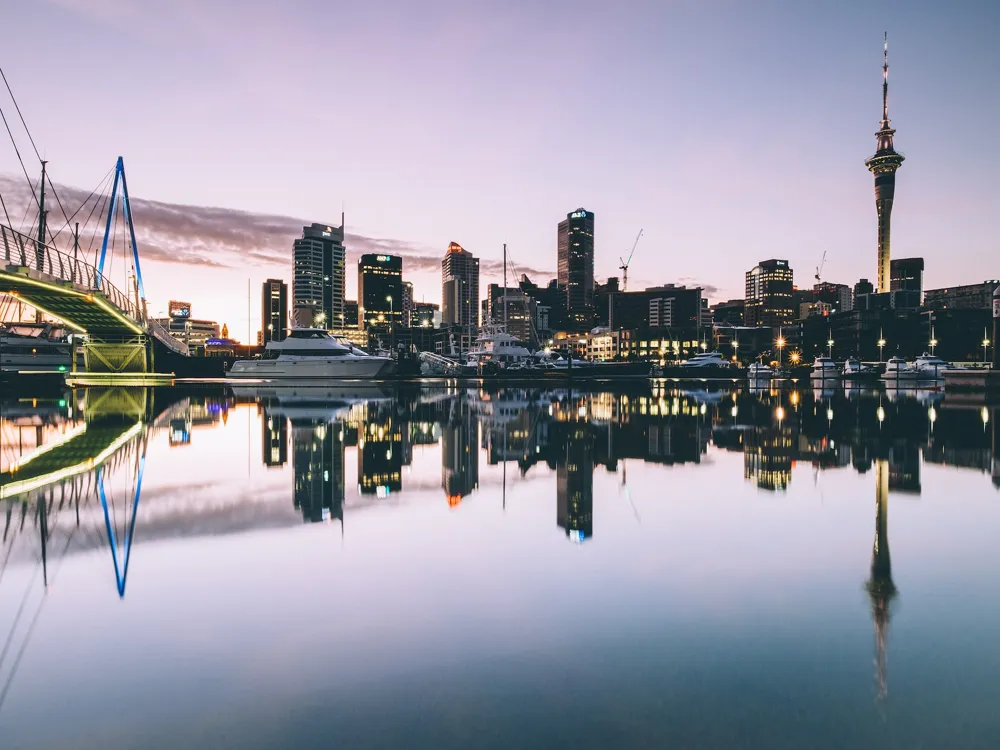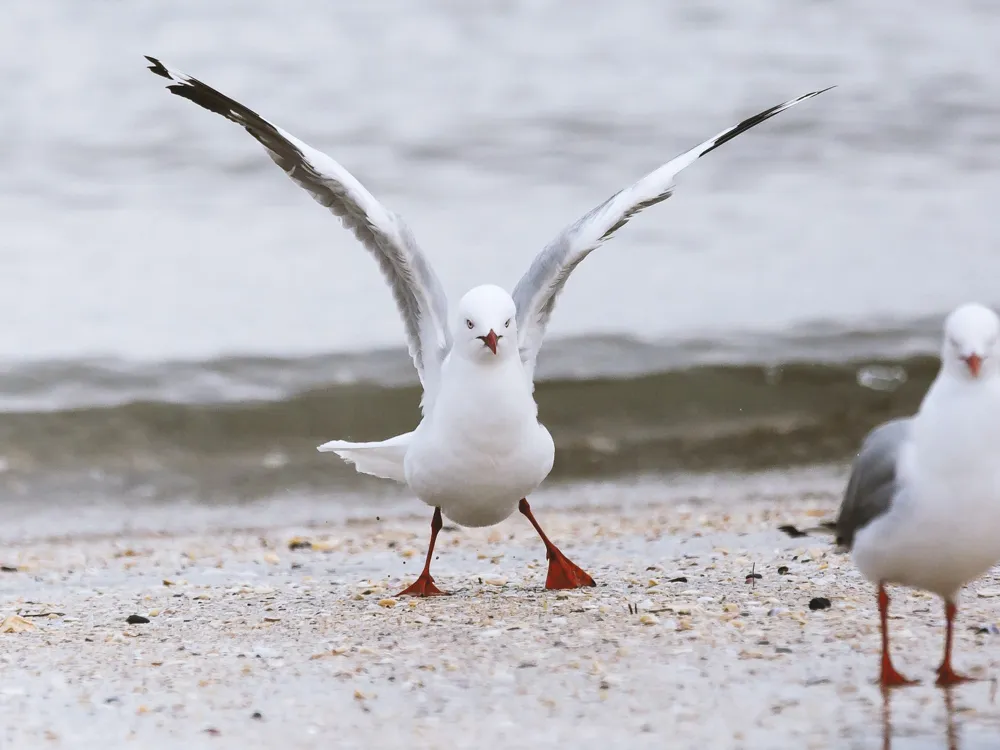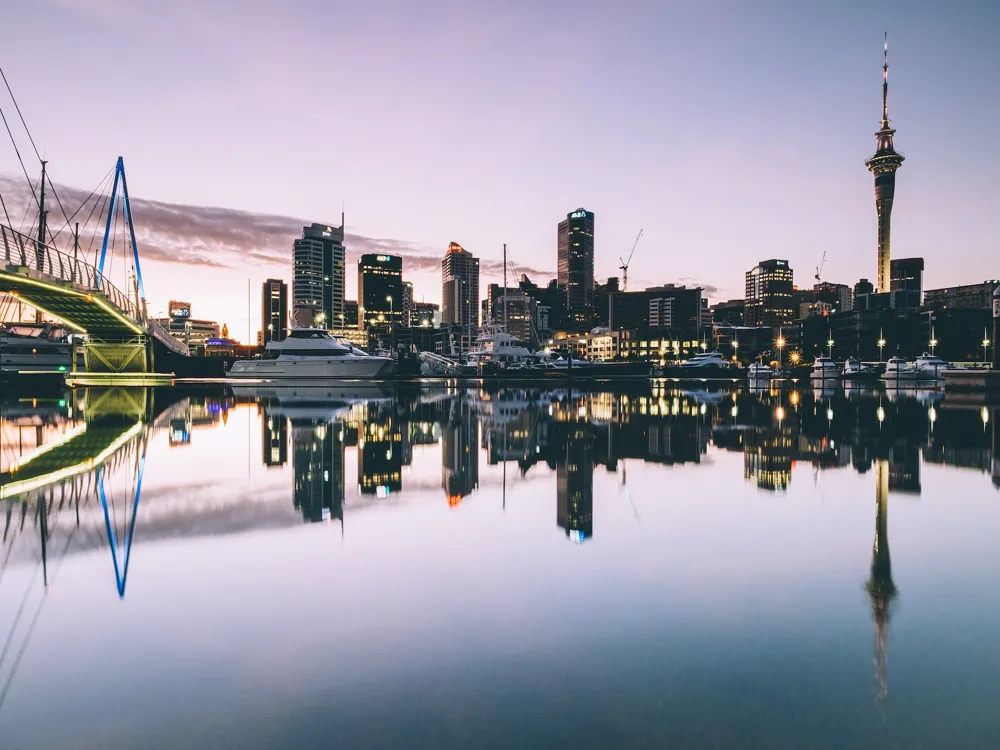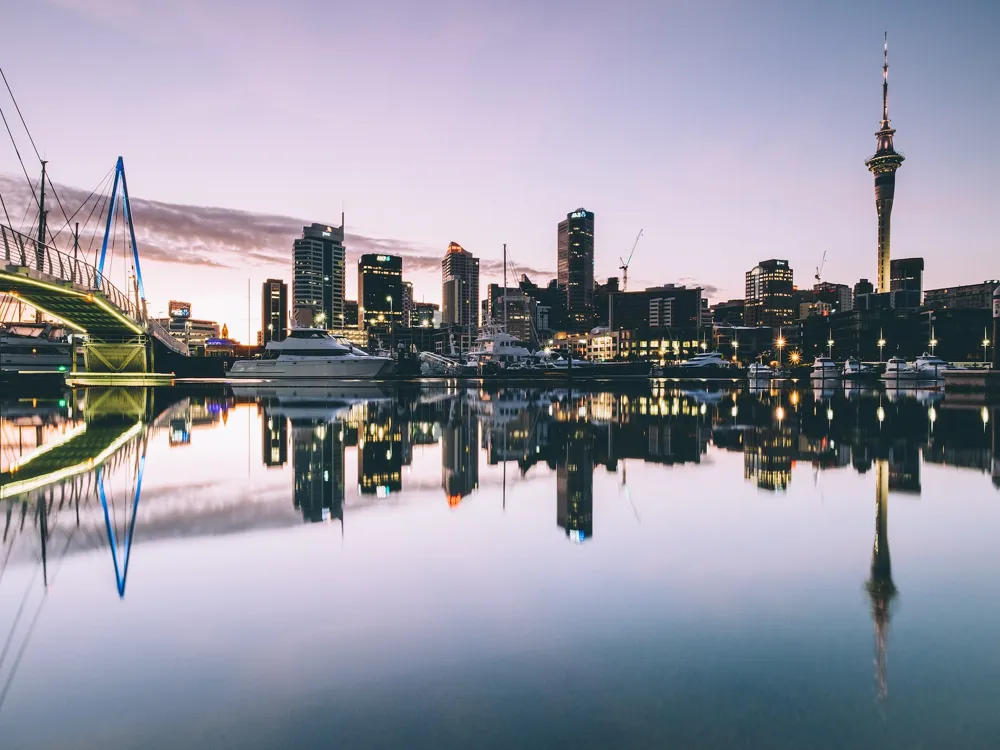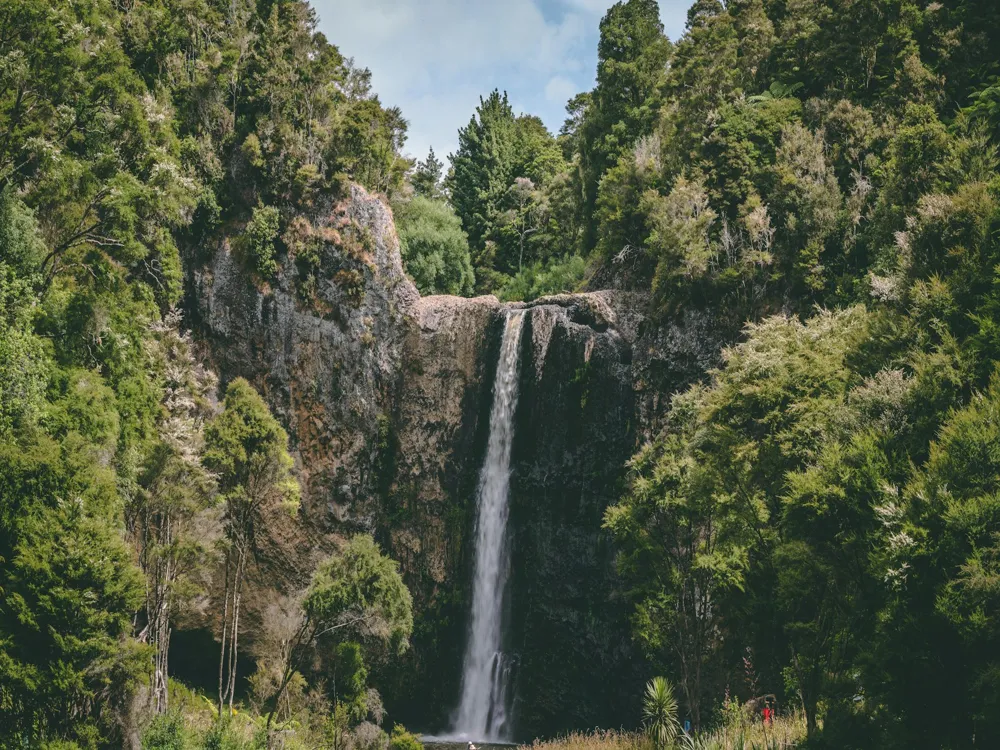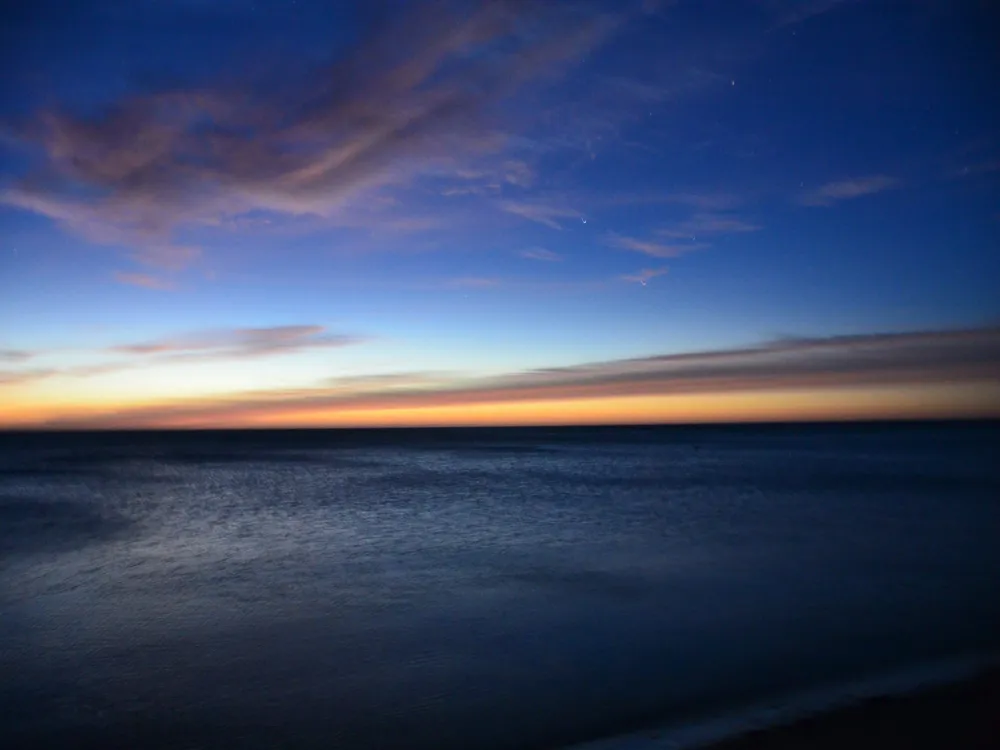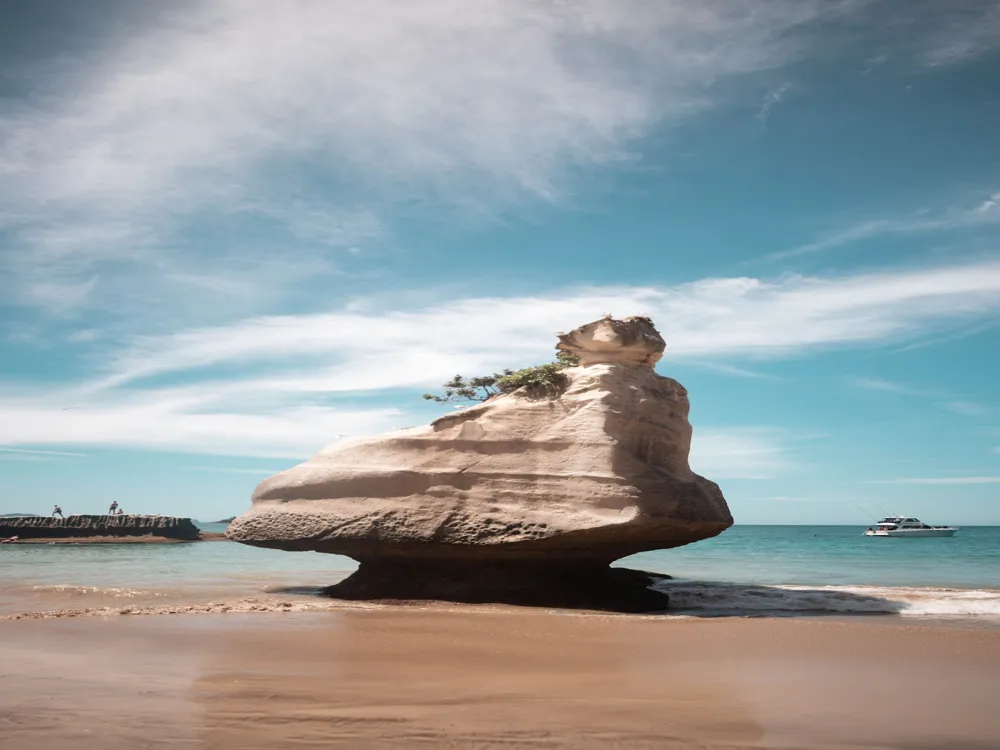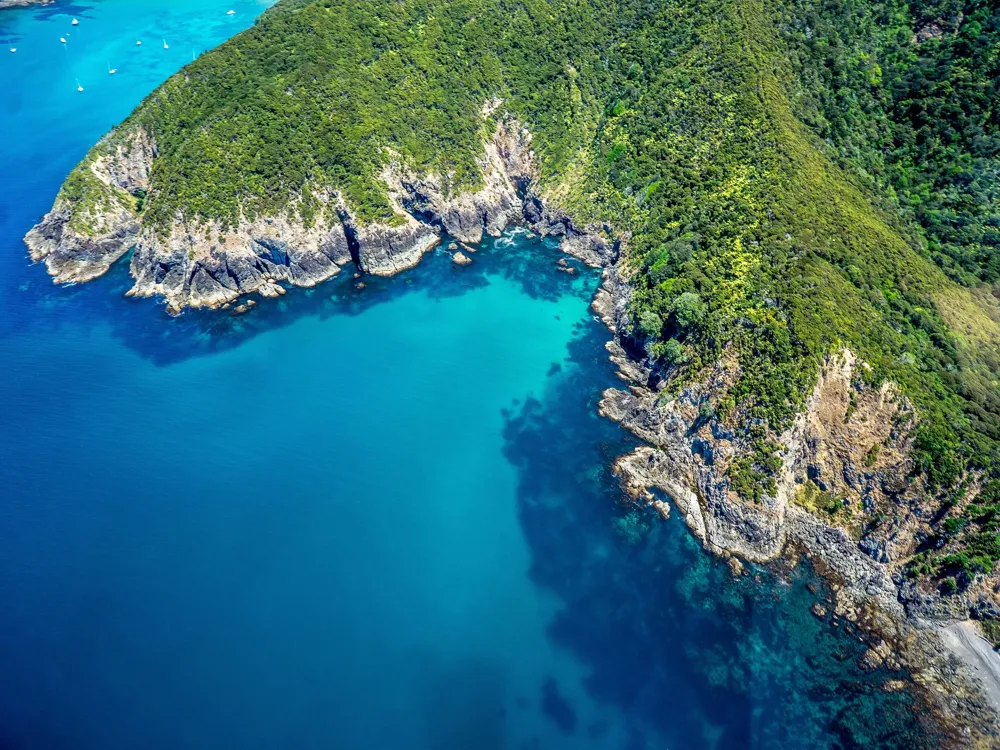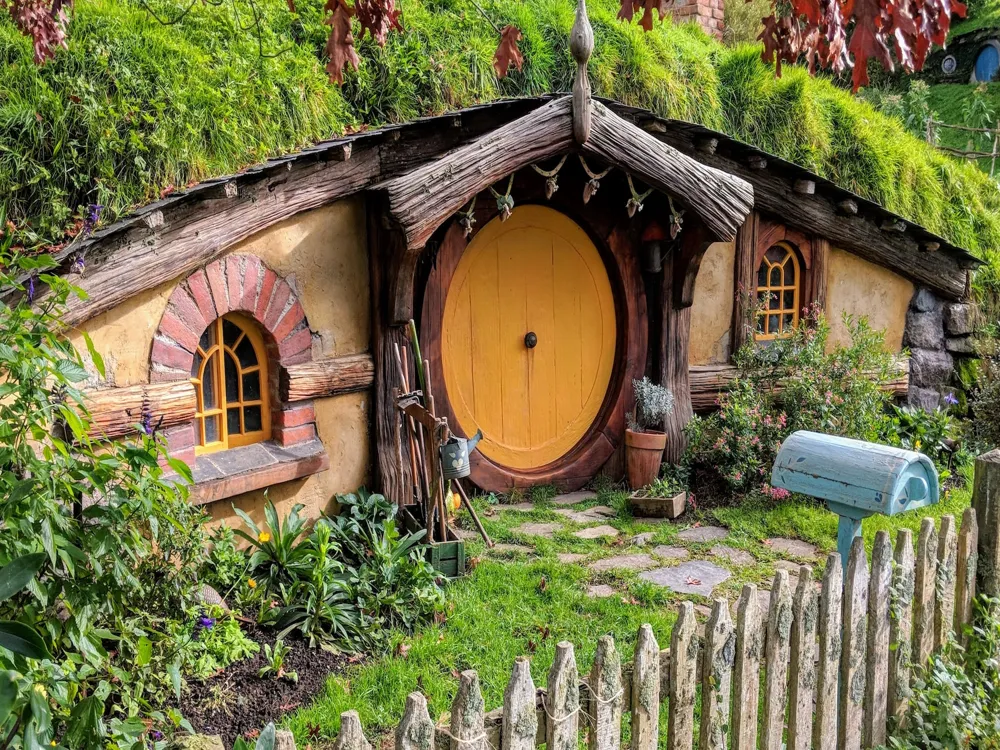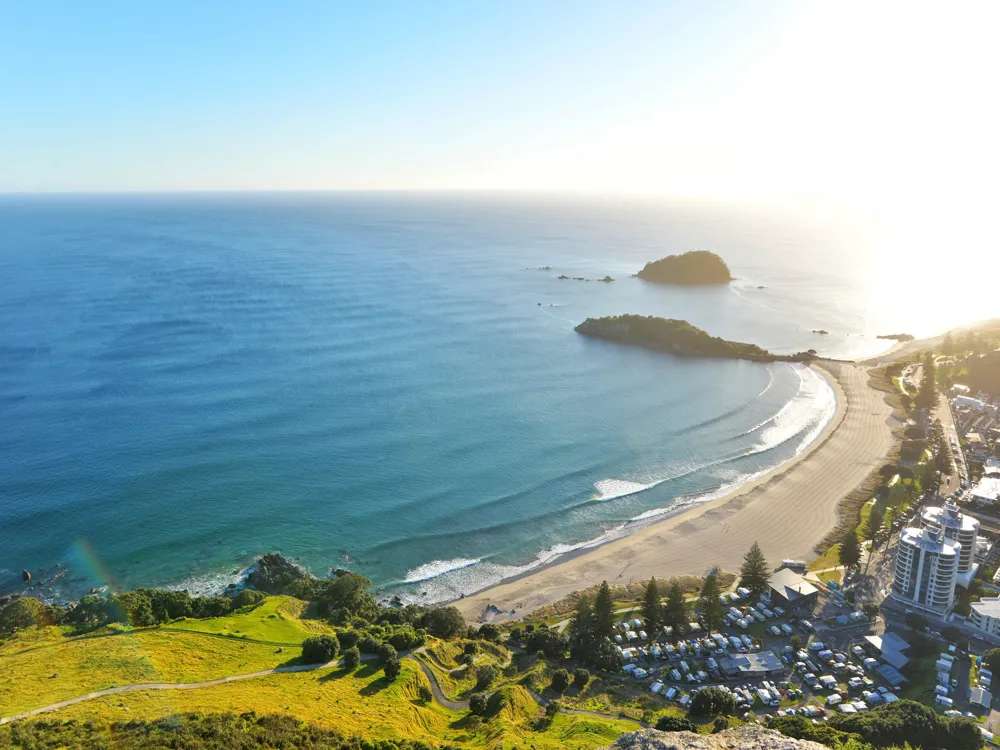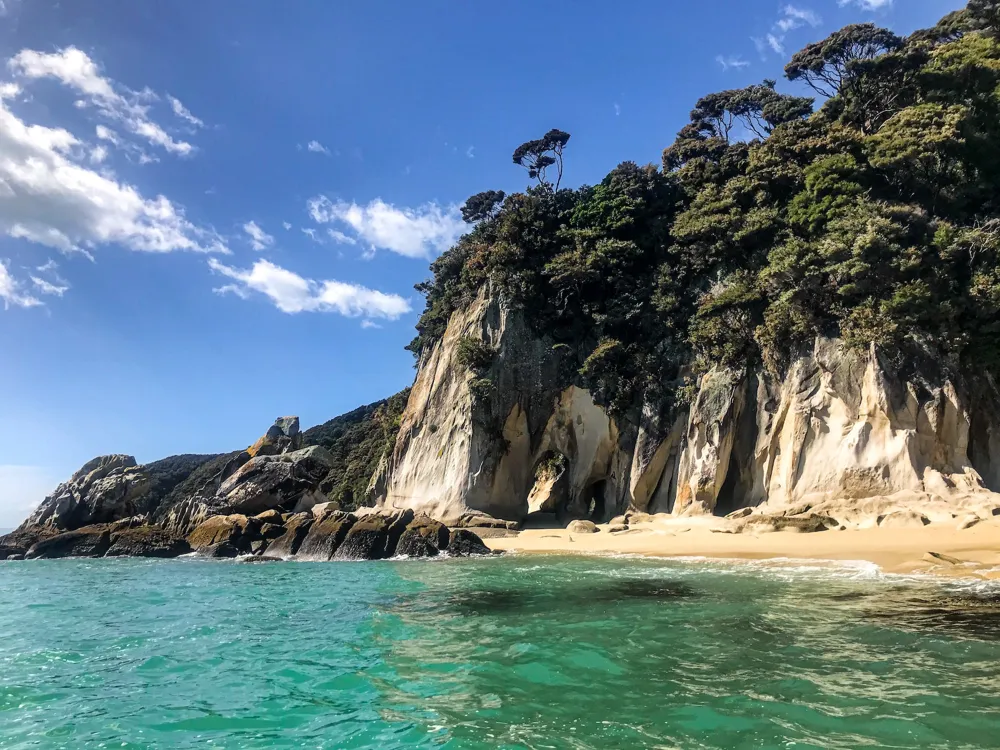Rangitoto Island, a volcanic island in the Hauraki Gulf near Auckland, New Zealand, is a stunning showcase of natural beauty and geological significance. Formed by a series of eruptions about 600 years ago, it's the youngest and largest of Auckland's 48 volcanic cones. The island, a prominent feature in the Auckland landscape, offers a unique blend of rugged lava crops, lush native bush, and panoramic views. The island's distinctive symmetrical cone, rising 260 meters above sea level, is visible from many parts of Auckland. Its geological history is not just fascinating but also vital in understanding the volcanic field that Auckland is built upon. Rangitoto's lava fields and caves are significant, offering a glimpse into the volcanic activity that shaped the region. Moreover, Rangitoto Island is an ecological haven. After years of conservation efforts, it boasts a pest-free environment, supporting a range of native flora and fauna. The island is home to the largest Pohutukawa forest in the world, a tree known for its striking red flowers. This flourishing ecosystem supports a variety of birdlife, including the Tui, Bellbird, and New Zealand Pigeon. The island's rich Māori history adds a cultural dimension to its appeal. The name 'Rangitoto' is Māori for 'bloody sky,' referencing the dramatic sunsets that are often viewed from the island. The island holds spiritual significance for local iwi (tribes), and its landscape is intertwined with Māori mythology and folklore. For visitors, Rangitoto offers a range of activities, including hiking, bird watching, and exploring the historic Bach community – a collection of holiday homes built in the early 20th century. The summit track leads to the top of the volcanic cone, providing panoramic views of Auckland and the Hauraki Gulf. Its unique blend of natural and cultural heritage makes Rangitoto Island an essential visit for anyone traveling to Auckland. Rangitoto Island's architecture is not defined by man-made structures, but by its unique natural formations and the historical Bach community. The island's volcanic landscape is the predominant feature, characterized by rugged lava fields, scoria, and basaltic rock. These geological formations create a stark and dramatic landscape, unlike any other in Auckland. The lava caves on Rangitoto are a fascinating architectural feature formed during the cooling of lava flows. These caves and tunnels provide an intriguing exploration opportunity for visitors. They are not only geological wonders but also hold ecological importance, providing habitat for various native species. The historical Bach community on Rangitoto represents the human touch on the island's architecture. These Baches, small holiday homes built in the 1920s and 1930s, are a window into New Zealand's past. They exhibit simple, rustic designs, reflecting the limited materials and transportation means available during that era. Today, these Baches are protected for their cultural and historical value, offering a glimpse into the life and leisure activities of early Aucklanders. In recent years, conservation efforts have led to the construction of boardwalks and paths that blend seamlessly with the island's natural environment. These structures are designed with sustainability in mind, aiming to preserve the island's pristine conditions while providing safe access for visitors. The blend of Rangitoto's volcanic features with the historic Bach community forms a unique architectural landscape. This fusion of natural and historical elements makes Rangitoto Island an architectural marvel in its own right, offering a one-of-a-kind experience for visitors. Before visiting Rangitoto Island, check the ferry schedules as services are not available throughout the day. It's also essential to check the weather conditions, as the island experience can vary greatly depending on the weather. Remember, there are no shops on the island, so bring enough food and water for your trip. Pack light but essentials: water, food, sunscreen, a hat, and sturdy walking shoes. The island's terrain can be rough, so good footwear is crucial. Don't forget your camera, as the island offers stunning scenic views you'll want to capture. The summit track is a popular hike, but it's important to stay on designated paths to protect the fragile ecosystem. The hike to the summit takes about an hour, and it's important to pace yourself and take breaks as needed. Rangitoto is a pest-free island; ensure you check your gear for stowaways like rodents or insects. Additionally, take all trash with you when you leave to maintain the island's cleanliness and ecological balance. Reaching Rangitoto Island is primarily via ferry from Auckland. The ferry departs from the downtown Auckland ferry terminal and takes approximately 25 minutes. The service usually operates daily, but it's advisable to check the latest schedule and book tickets in advance, especially during peak seasons. Private boat tours and kayak tours are also available for those seeking a more adventurous approach to the island. READ MORE:-Overview of Rangitoto Island in Auckland
Architecture of Rangitoto Island
Tips When Visiting Rangitoto Island
Planning Your Visit
What to Bring
Hiking on the Island
Respecting the Environment
How To Reach Rangitoto Island
Rangitoto Island
Auckland
₹ 72,000 onwards
View auckland Packages
Weather :
Tags : Beach
Time Required : Anytime
Planning a Trip? Ask Your Question
Auckland Travel Packages
View All Packages For Auckland
Top Hotel Collections for Auckland

Private Pool

Luxury Hotels

5-Star Hotels

Pet Friendly
Top Hotels Near Auckland
Other Top Ranking Places In Auckland
View All Places To Visit In auckland
View auckland Packages
Weather :
Tags : Beach
Time Required : Anytime
Planning a Trip? Ask Your Question
Auckland Travel Packages
View All Packages For Auckland
Top Hotel Collections for Auckland

Private Pool

Luxury Hotels

5-Star Hotels

Pet Friendly







